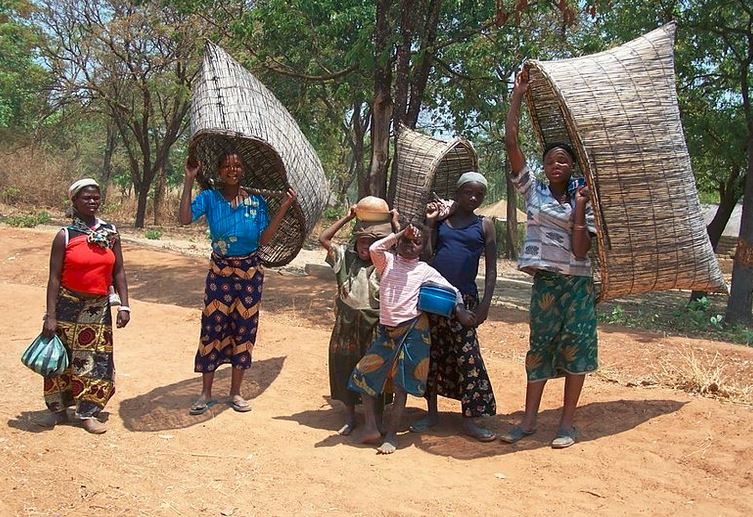
August 24, 2015
By Suzanne York
A recent study concluded that major “shocks” to global food production will be three times more likely within 25 years because of an increase in extreme weather brought about by anthropogenic global warming.
The report by the UK-US Taskforce on Extreme Weather and Global Food System Resilience found that the world is going to be exposed to instability and conflict due to climate changes impacts. Developing countries will likely be the hardest hit.
Professor Tim Benton, one of the co-authors of the report and a professor of population ecology at the University of Leeds, told the Guardian that the compound effects of climate change and rising demand from a growing population could create a “very frightening” situation. He went on to say, “the food system is increasingly under pressure because demand is growing and our ability to supply it is much more constrained. On top of that we have climate change affecting where we can grow things.”
The study found that increased food production volatility will mostly affect countries with high levels of poverty and instability, such as countries in the Persian Gulf or Sub-Saharan Africa. This is of great concern, as most of the nations experiencing rapid population growth are in Sub-Saharan Africa. According to the latest UN population projections, by 2050, the populations of 28 African countries are predicted to more than double.
The climate news is not encouraging. The latest report from the National Oceanic and Atmospheric Administration has determined that globally, July was the hottest month since record keeping began in 1880. Last year was the hottest year on record, and scientists believe 2015 will top that.
The photo essays depicted in Overdevelopment, Overpopulation, Overshoot reflect how humankind is changing the face of the planet. The section titled “Feeding Frenzy” states the following:
Supplying the food needs of 7 billion people has proven to be elusive thus far, despite dramatic intensification of agricultural production in the last century. The aggregate “footprint” of agriculture is massive: United Nations data suggests that some 5 billion hectares (more than 19 million square miles) of Earth’s land surface are used for croplands and livestock grazing. Despite that huge area converted from wild habitat to feed humankind, nearly a billion people are hungry and another billion persist tenuously, where a small shift in their circumstances would put them at risk of starvation.
With so many countries already coping with poverty, instability, migration pressures, and resource shortages, extreme weather is only going to increase pressure.
One change we can affect is how many more people will be added to the planet and the demand put on it. Population is still growing, but if we make the right decisions – especially ones that empower women – that growth can be stabilized. Investing in women’s health, supporting girls’ education, ending child marriage, increasing access to voluntary family planning services and fostering sustainable livelihoods are just a handful of things that can and should be done, and will change the outlook and result in a positive shift for people and the environment.
Demographics are not destiny. If we make the right choices and investments, we can have healthy families, communities, and planet. As Population Media Center’s Bill Ryerson writes in Overdevelopment, Overpopulation, Overshoot:
If we can hew to the United Nations’ low variant demographic projection, by 2100 global population would be back down to 6.7 billion—more than 4 billion fewer than can be expected in the business-as-usual, medium variant projection of the human population trajectory. Such numbers may seem incomprehensible but the reality is that these two possible futures—one of 6 billion versus 10 billion humans to feed, clothe, educate, and employ—is the difference between a world of scarcity and nightmarish suffering for much of humanity and a world in which it may be possible to balance the needs of people and nature. Put another way, a population difference of 4 billion—the result of either staying complacent or working hard to share family planning tools and information around the globe— is equal to the combined populations of North America, South America, Oceania, Europe, Africa and India.
It is our choice to make.

There are many ways to participate! Together, we can raise awareness and bring about change.